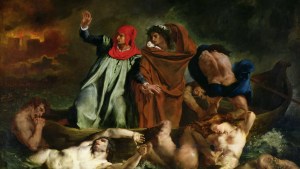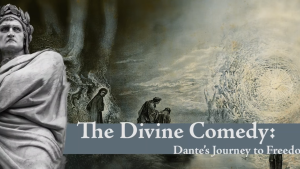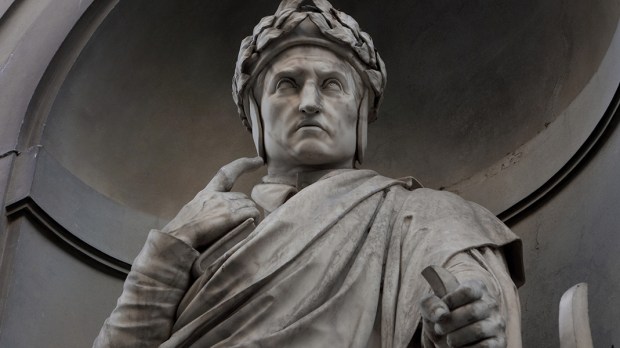Drawings depicting Dante’s Divine Comedy that have been displayed only twice since the Renaissance will now be accessible online, as the Uffizi Gallery in Florence celebrates the 700th anniversary of Dante’s death.
The renowned museum is posting 88 drawings by 16th-century Renaissance artist Federico Zuccari, and viewing is free.
#Dante2021 Un omaggio al Sommo Poeta nell'anno delle celebrazioni dei 700 anni dalla sua morte.#Arivederlestelle Una mostra virtuale sulla #DivinaCommedia illustrata da #FedericoZuccari (1588)👉https://t.co/ezzmPI7sy5
— Gallerie Uffizi (@UffiziGalleries) January 1, 2021
1321-2021 A virtual exhibit on Dante 700 yrs since his death pic.twitter.com/hQNkY0E3Mk
“Until now these beautiful drawings have only been seen by a few scholars and displayed to the public only twice, and only in part,” Eike Schmidt, the Uffizi’s director, told the Guardian. “Now they are published in full, alongside a didactic-scientific comment.”
The commentary is in Italian, but the museum promises to eventually have an English version.
Steve Weidenkopf, author of Timeless: A History of the Catholic Church (OSV), called the exhibit “a great gift in a time when traveling to museums is difficult.”
“The Middle Ages were a time of great faith when the Catholic Church, her teachings, her sacraments, and her liturgy imbued all aspects of European society,” Weidenkopf told Aleteia. “A vernacular expression of that inculcated faith is Dante’s Divine Comedy. Dante skillfully and brilliantly illustrated medieval people’s belief in the Church’s teachings on the Last Things (Judgment, Heaven, Hell, and Purgatory). His magnificent work continues to enthrall readers centuries removed from the medieval age of faith.”
Viewing the drawings, whether in person or online, “should motivate the observer to reflect on the Last Things and perhaps spend time in the new year reading the Divine Comedy,” Weidenkopf suggested.
Because Zuccari’s pencil-and-ink drawings are fragile, only a selection of them have been exhibited publicly, and only on two occasions: in Florence in 1865 to mark the 600th anniversary of Dante’s birth as well as the Italian unification, and in 1993 for an exhibition in Abruzzo.
La bella immagine della scala celeste sia di buon auspicio per l'anno nuovo "ché più e tanto amor quinci sù serve, sì come'l fiammeggiar ti manifesta" #Dante2021#Paradiso
— Gallerie Uffizi (@UffiziGalleries) January 3, 2021
La #DivinaCommedia 👉https://t.co/SlxxtuIuXG#FedericoZuccari, Settimo Cielo di Saturno. pic.twitter.com/2xdLKiG8eX
The brothers Taddeo and Federico Zuccari were “two of the most creative draftsmen of the Renaissance,” the J. Paul Getty Museum said during an earlier exhibit of their work. “They both became highly successful artists, receiving multiple commissions from the Pope and from great Roman families.”
Federico Zuccari completed the Divine Comedy drawings while visiting Spain between 1586 and 1588, the Guardian explained. Of the 88 illustrations on the Uffizi’s website, 28 are depictions of hell, 49 of purgatory and 11 of heaven.
“After Zuccari’s death in 1609, the drawings were held by the noble Orsini family, for whom the artist had worked, and later by the Medici family before becoming part of the Uffizi collection in 1738,” said the British newspaper.

Read more:
The most harrowing paintings of Hell inspired by Dante’s “Inferno”

Read more:
Take this free online course on Dante’s ‘Divine Comedy’

